Research Infrastructure
 With more than 80 state-of-the-art facilities, Ontario Tech University has the capability to improve processes, policies, productivity and competitiveness to make a difference in the Durham Region, Northumberland County and far beyond.
With more than 80 state-of-the-art facilities, Ontario Tech University has the capability to improve processes, policies, productivity and competitiveness to make a difference in the Durham Region, Northumberland County and far beyond.
In-kind contributions represent the value of non-cash contributions provided by the university to a sponsored project when such contributions directly benefit that project. In cases where university laboratories or research facilities essential to conduct research activities are eligible for inclusion as an institutional in-kind contribution, the following rates will apply:
- $35 per square foot for dry labs.
- $54 per square foot for wet labs.
Examples of cutting-edge facilities that showcase Ontario Tech's research depth and foci:
-
Research Facilities Navigator
Globally, Research Facilities Navigator represents over 650 research facilities from 100 post-secondary, health care and government institutions across Canada, and averages 2000 unique visits (2400 visits) per month. Approximate 1/3 of its traffic is from international sources.
Navigator is a growing directory of institutions open to collaborations with industry, external research partners and other organizations, and to explore new ways of contributing to Canada’s innovation landscape.
The more information that’s available on a profile the more time users are likely to spend on that page, so researchers are encouraged to include high-quality photos (if possible), links to additional information about their facility and social media profiles (if relevant). Please see the attached brochure.
Ontario Tech researchers submit profiles of their labs by filling out a research facility intake form.
Navigator Brochure -
Automotive Centre of Excellence (ACE)
 A world-leading, multi-purpose facility, ACE houses one of the world’s most sophisticated climatic wind tunnels, climatic chambers, a climatic four-post shaker and a multi-axis shaker table. It has garnered $18 million in research and development funding with 125 different companies over the past five years. Each year more than 100 tours and 40 community/outreach events take place at ACE.
A world-leading, multi-purpose facility, ACE houses one of the world’s most sophisticated climatic wind tunnels, climatic chambers, a climatic four-post shaker and a multi-axis shaker table. It has garnered $18 million in research and development funding with 125 different companies over the past five years. Each year more than 100 tours and 40 community/outreach events take place at ACE.2021 - Collaboration with GlassHouse Systems and U. Miami
-
Aquatic Toxicology Lab
The Aquatic Toxicology lab is a 20,000-litre wet lab used to conduct research designed to foster an understanding of the impact of threatening contaminants on aquatic life while developing the tools required to help us rapidly respond to potential threats.
-
Borehole Thermal Energy Storage System
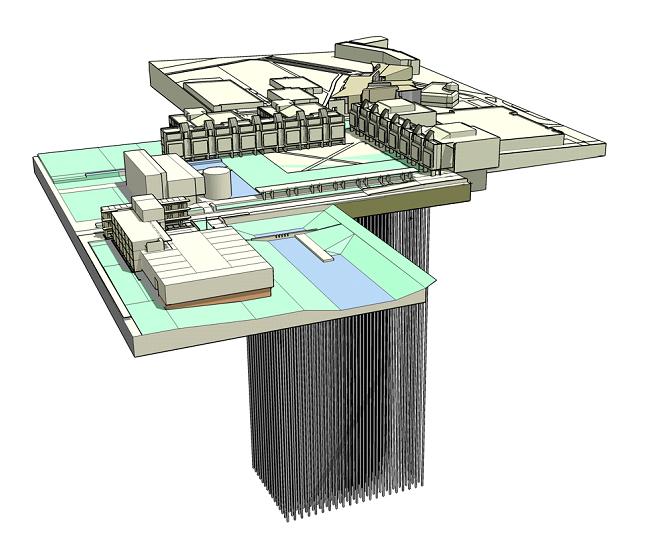 The university serves as an innovator in clean energy and energy efficient infrastructure with our Borehole Thermal Energy Storage System. The system comprises 384 holes, each 213
The university serves as an innovator in clean energy and energy efficient infrastructure with our Borehole Thermal Energy Storage System. The system comprises 384 holes, each 213 metres deep, providing the basis for a highly efficient and environmentally friendly heating and cooling system capable of regulating eight of the university’s buildings. -
Clean Energy Research Lab (CERL)
 CERL is an internationally recognized facility, funded through more than $20 million in provincial/federal dollars. It is designed to research and develop heat engines, nanotechnology and, most notably, hydrogen-producing technologies for clean energy. Since hydrogen is a clean energy carrier of the future, and potentially a major solution to the detrimental effects of climate change, one of the projects being developed at CERL is the world’s first lab-scale demonstration of a copper-chlorine cycle for thermochemical water splitting and nuclear hydrogen production.
CERL is an internationally recognized facility, funded through more than $20 million in provincial/federal dollars. It is designed to research and develop heat engines, nanotechnology and, most notably, hydrogen-producing technologies for clean energy. Since hydrogen is a clean energy carrier of the future, and potentially a major solution to the detrimental effects of climate change, one of the projects being developed at CERL is the world’s first lab-scale demonstration of a copper-chlorine cycle for thermochemical water splitting and nuclear hydrogen production. -
Digital Culture and Media Lab (Decimal Lab)
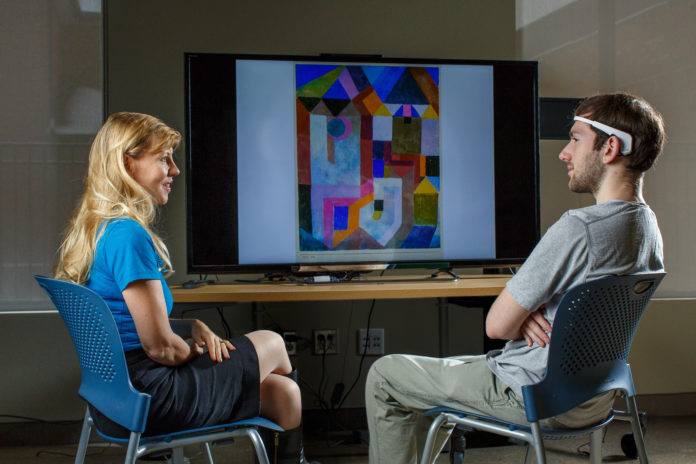 The Decimal Lab explores proposed digital lives through the study of digital technologies as they emerge and are proposed for the future, and the consequences this evolution spurs. The Decimal Lab concentrates on personal media that people carry, pocket, wear, implant, and consume in order to understand how this transformation to personal tech affects life, society, culture and the arts.
The Decimal Lab explores proposed digital lives through the study of digital technologies as they emerge and are proposed for the future, and the consequences this evolution spurs. The Decimal Lab concentrates on personal media that people carry, pocket, wear, implant, and consume in order to understand how this transformation to personal tech affects life, society, culture and the arts. Research creation projects take a critical media approach, intending to provoke meaningful dialogue and reflection. -
Educational Informatics Laboratory (EILab)
 The
The EILab co-exists as a physical and virtual space and is designed for research at the intersection of education and informatics. A dynamic virtual space, EILab brings together the digitally connected minds of international researchers who share ideas, interests and practices in the emerging domain of educational informatics and the importance of understanding and improving the human experience of using digital information and communication technologies (e.g. computers,smartphones , gaming consoles, tablets, phablets and more). -
Energy Systems and Nuclear Science Research Centre (ERC)
 ERC houses our unique-in-Canada education programs and leading-edge research in geothermal, hydraulic, hydrogen, natural gas, nuclear, solar and wind energy. The
ERC houses our unique-in-Canada education programs and leading-edge research in geothermal, hydraulic, hydrogen, natural gas, nuclear, solar and wind energy. The centre also promotes Canada’s entrepreneurial advantage through public-private research and commercialization partnerships. -
Materials Characterization Facility
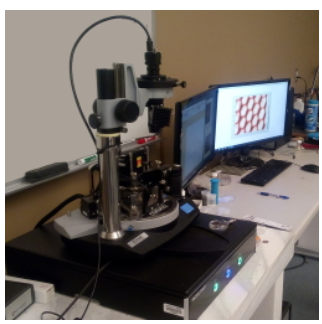 Focused on science, technology, and innovation, the Materials Characterization Facility (MCF) provides access to a variety of resources and services to support research activities and development in materials science.
Focused on science, technology, and innovation, the Materials Characterization Facility (MCF) provides access to a variety of resources and services to support research activities and development in materials science.
Modern instrumentation integrated at the MCF is operated by a multidisciplinary team of experts to support comprehensive analysis at the micro to the nanoscale, promoting the development of novel materials and technologies.The facility provides opportunities for researchers from diverse backgrounds, including Ontario Tech faculty and students, as well as external partners to explore, learn and successfully collaborate.
-
Microgrid and Innovation Park
The Microgrid Research and Innovation Park is a unique facility for research and testing, as well as for training skilled engineers to improve and develop the microgrid concept for broader use and seamless power transition during power failures.
-
Software and Informatics Research Centre (SIRC)
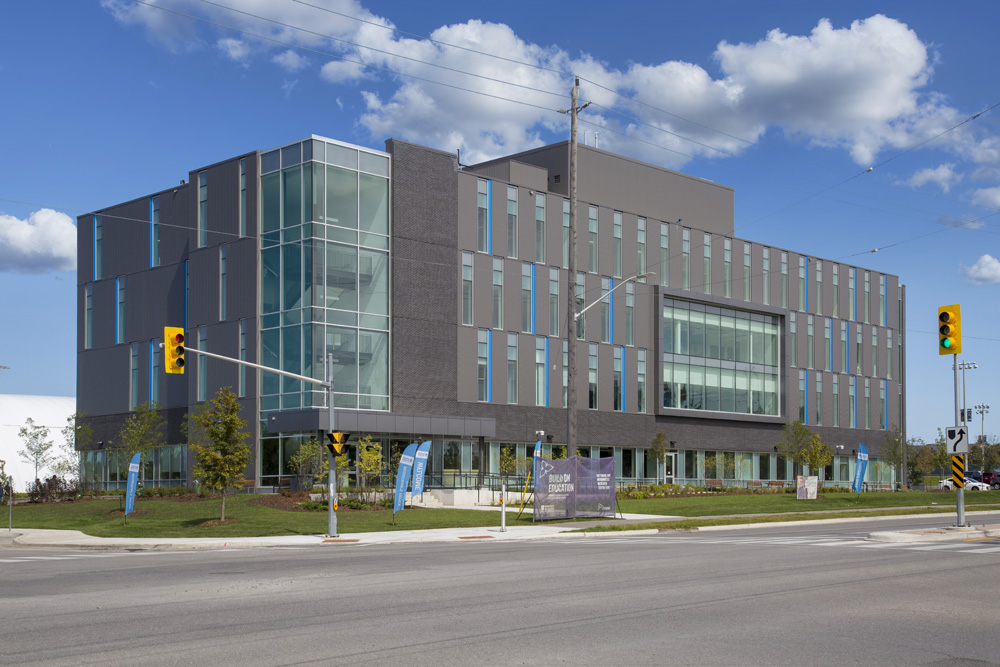 SIRC provides flexible and innovative research, study and learning space. It's also home to three Faculty of Engineering and Applied Science laboratories and the Faculty of Business and Information Technology Incubator, where students can interact with community and industry partners to develop new businesses and products.
SIRC provides flexible and innovative research, study and learning space. It's also home to three Faculty of Engineering and Applied Science laboratories and the Faculty of Business and Information Technology Incubator, where students can interact with community and industry partners to develop new businesses and products. -
STEAM 3D Maker Lab
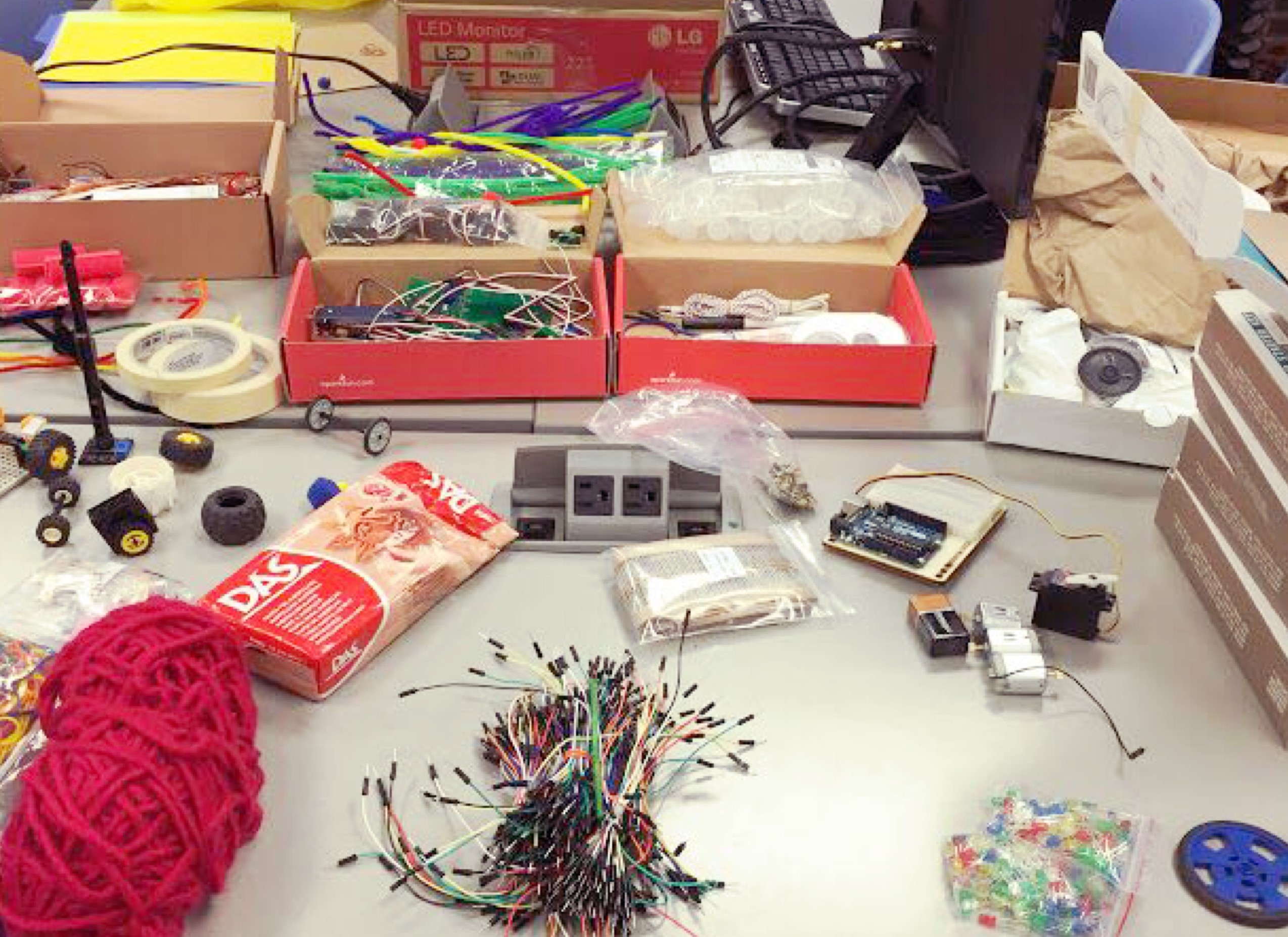 The STEAM 3D Maker Lab is a unique rolling classroom used to examine how emerging digital media and interactive tools can challenge traditional curricular and teaching/learning methods to develop an understanding of the intersection of new digital technologies and pedagogies. It also looks at how these technologies and pedagogies support technology-enriched and practice-integrated active learning, in the classroom and the real world. This includes the development and evaluation of teaching practices that support active student learning, address the digital literacy needs of at-risk students, and promote greater interest in science, technology, engineering and mathematics (STEM) through the arts (STEAM).
The STEAM 3D Maker Lab is a unique rolling classroom used to examine how emerging digital media and interactive tools can challenge traditional curricular and teaching/learning methods to develop an understanding of the intersection of new digital technologies and pedagogies. It also looks at how these technologies and pedagogies support technology-enriched and practice-integrated active learning, in the classroom and the real world. This includes the development and evaluation of teaching practices that support active student learning, address the digital literacy needs of at-risk students, and promote greater interest in science, technology, engineering and mathematics (STEM) through the arts (STEAM).